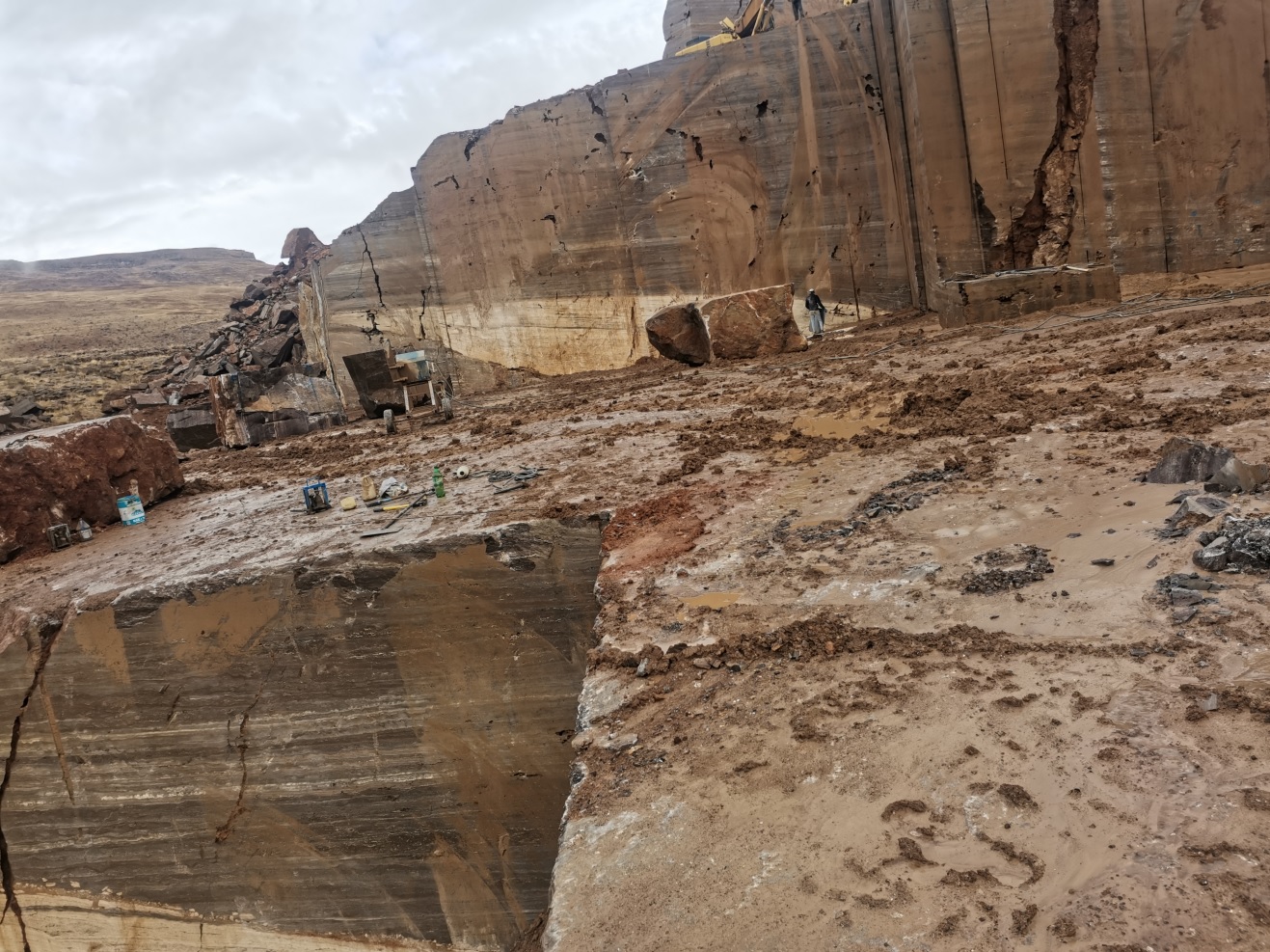
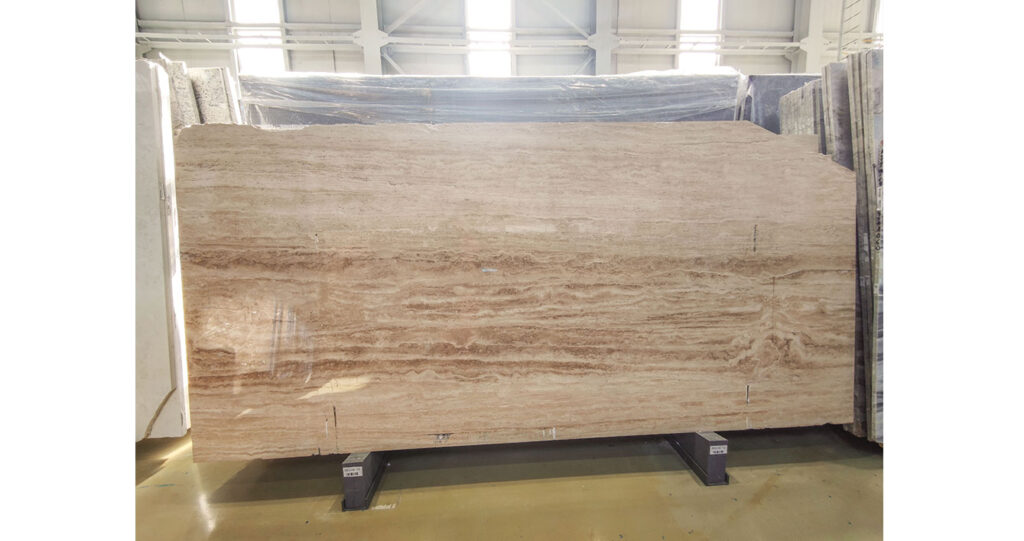
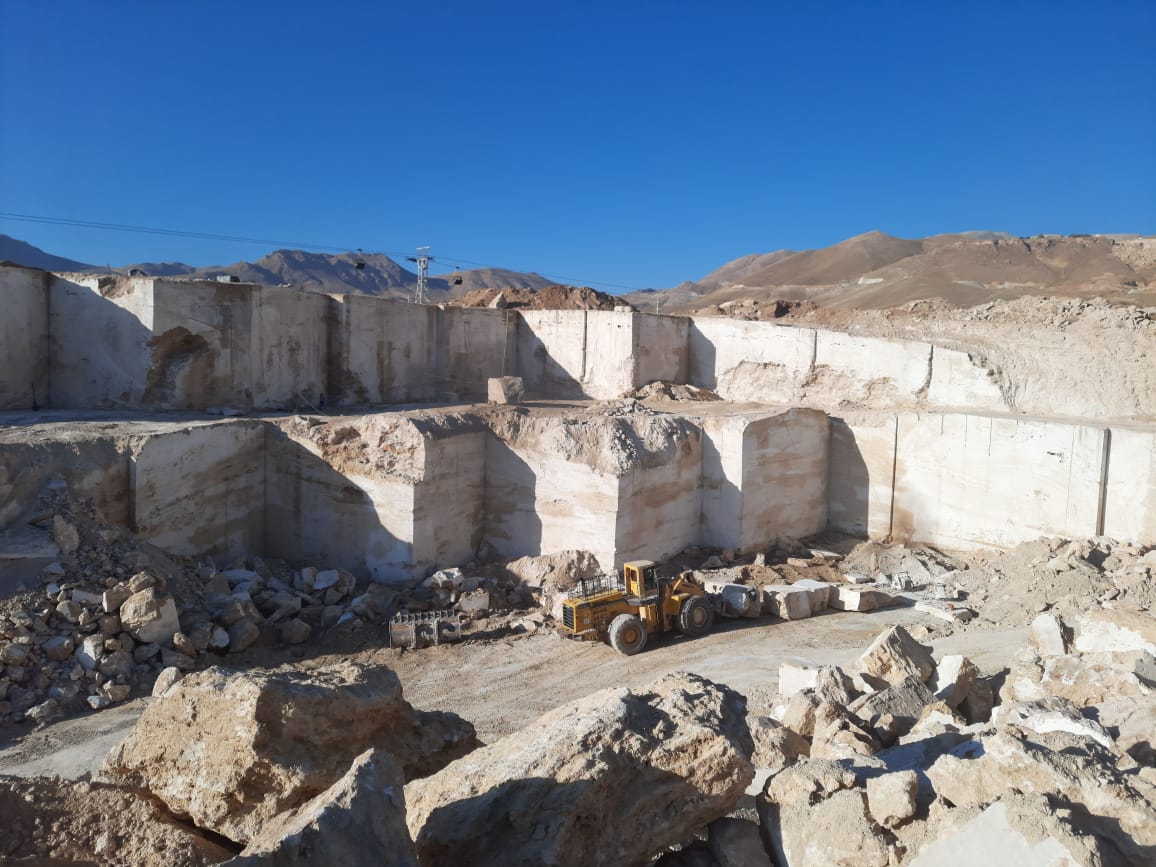
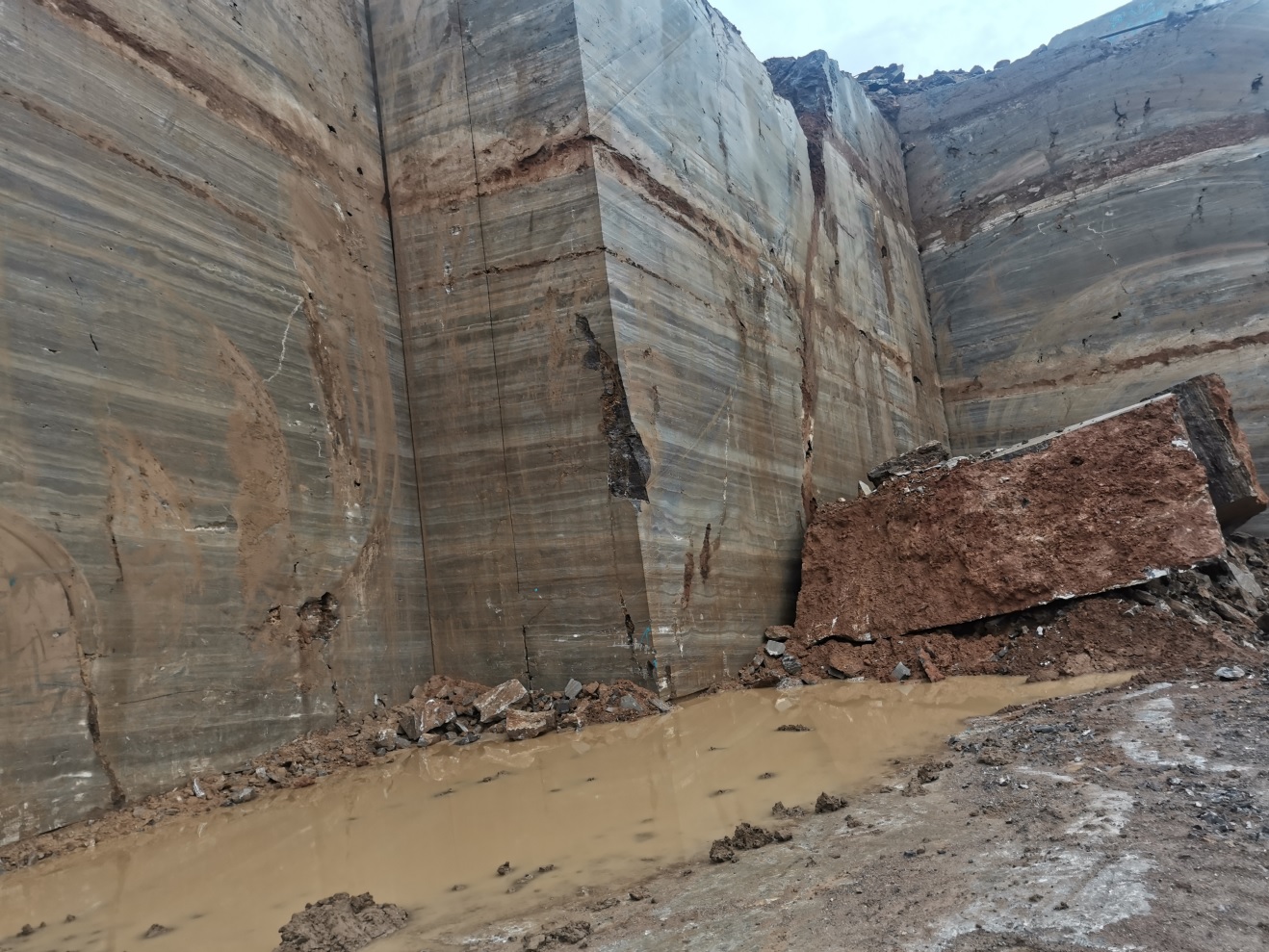
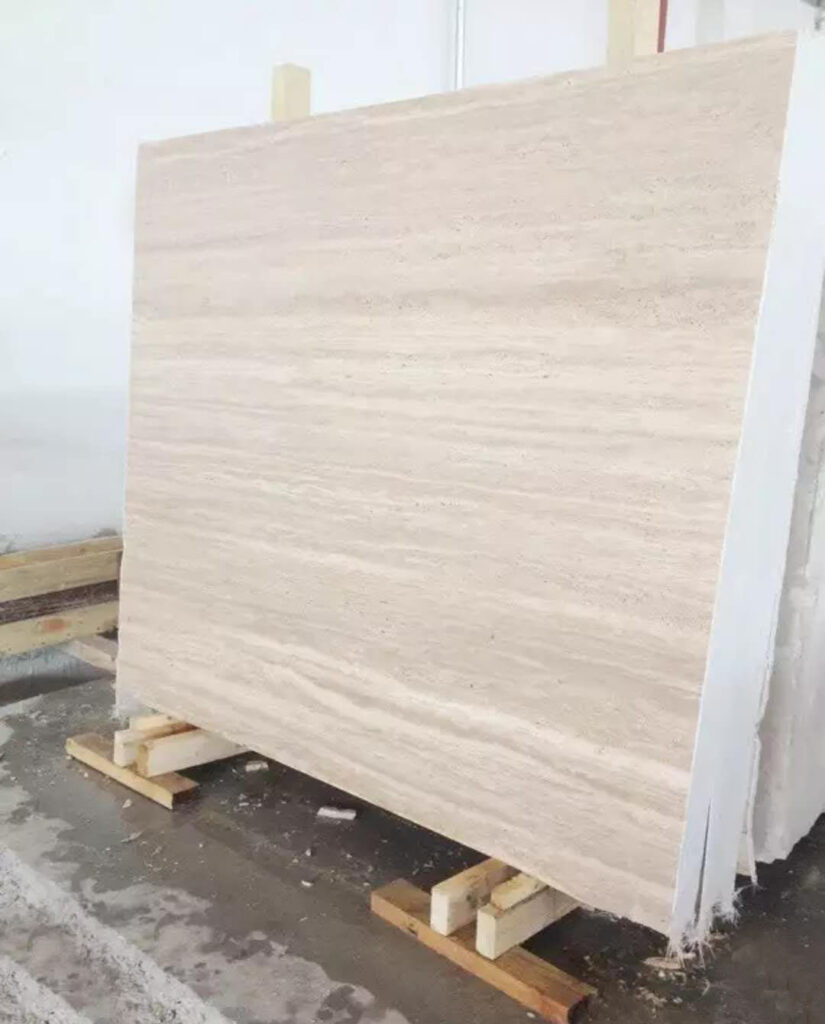
About Travertine
Travertine stone included :
Kubayashi pulled out the sliding door which had a painting of tiger on it; He put a white stone with bluish grey streaks in front of the general officer; General picked up the stone, placed it beside Bonsai and called it Haiko (a Japanese poem).
My father was always telling the story about the giant catfish with silver scales; I wish he was here and saw this stone…
Our Product
This text briefly introduces visitors to your main services.
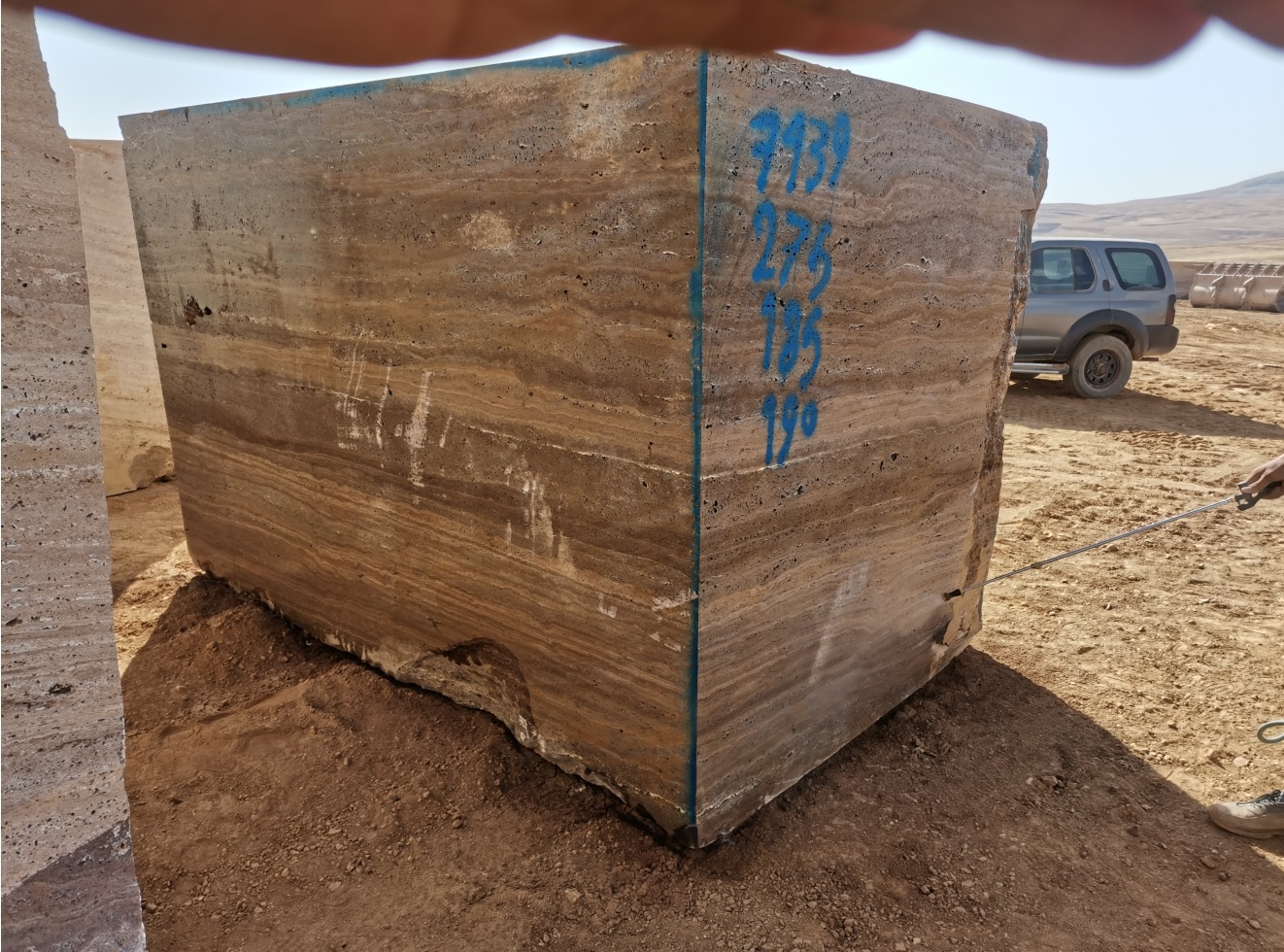
Travertin Block
A short description of the service and how the visitor will benefit from it.
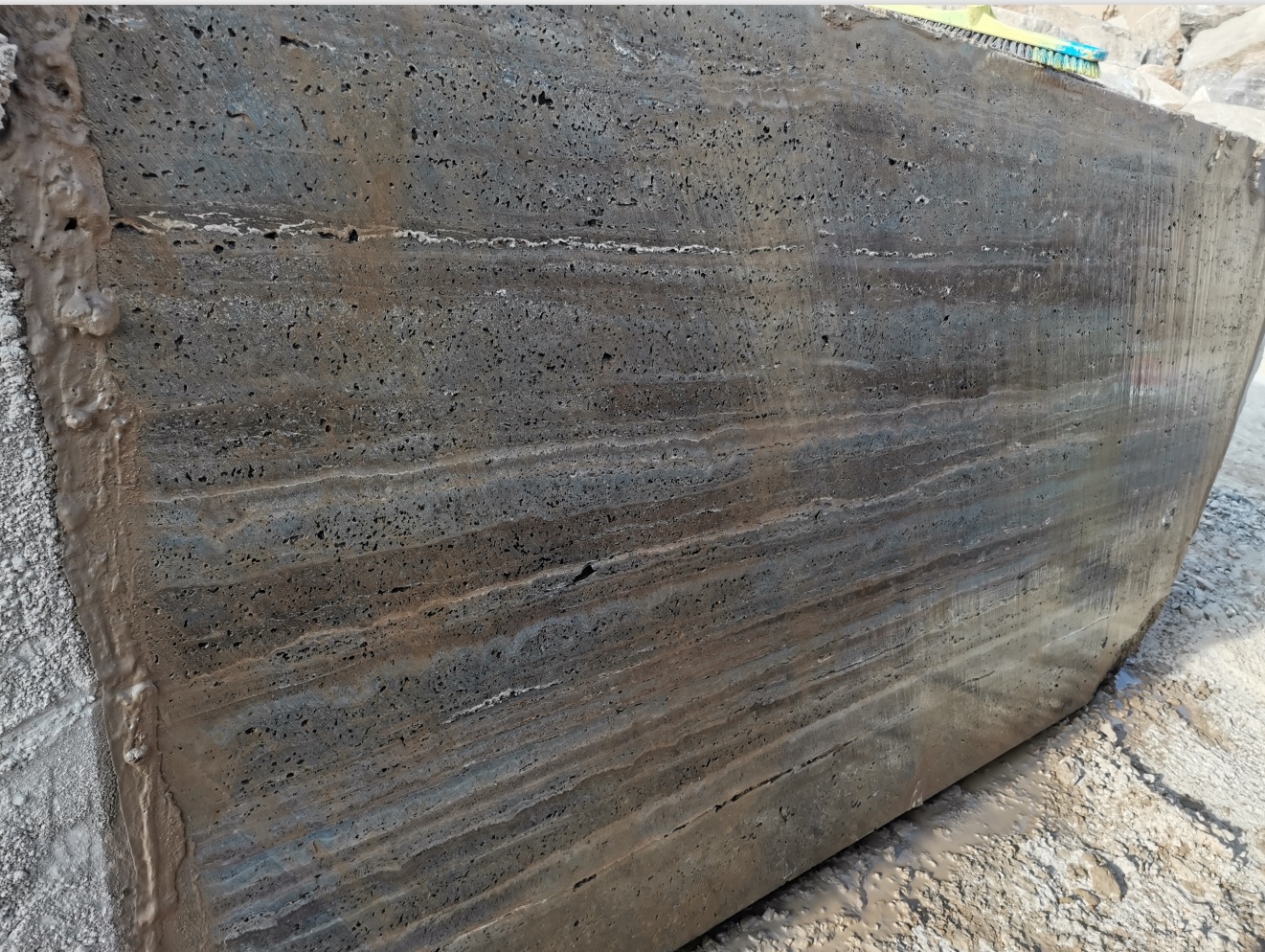
Silver Titanium
A short description of the service and how the visitor will benefit from it.
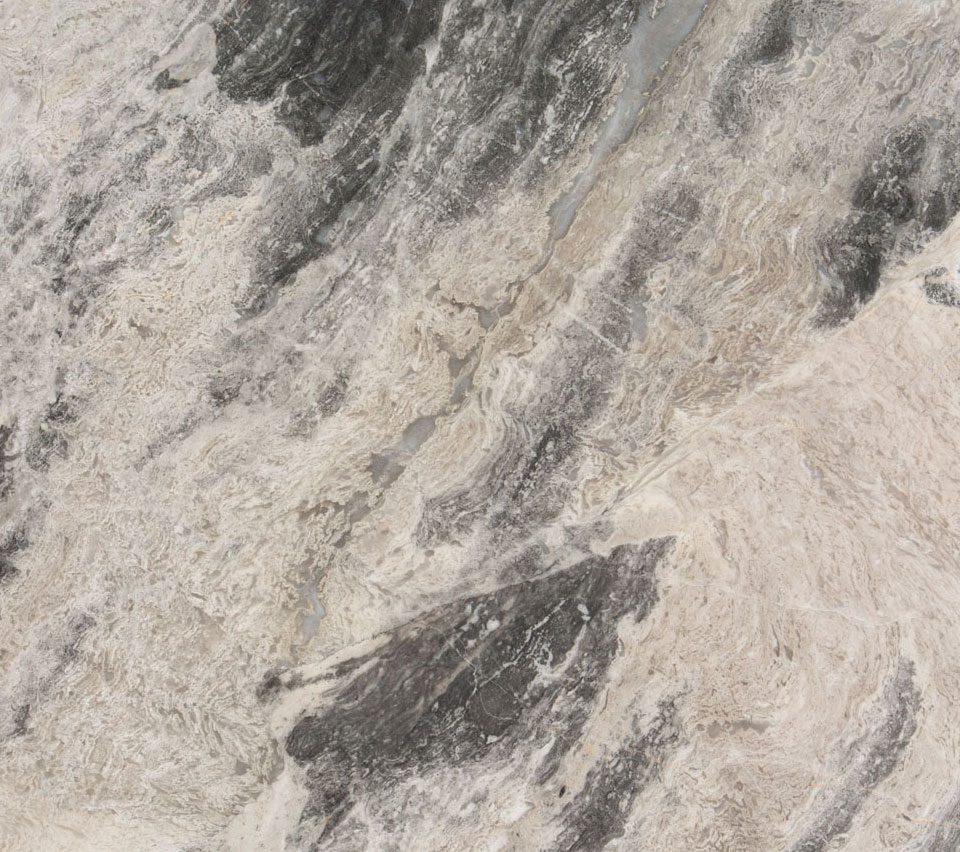
Travertine Haiku
A short description of the service and how the visitor will benefit from it.
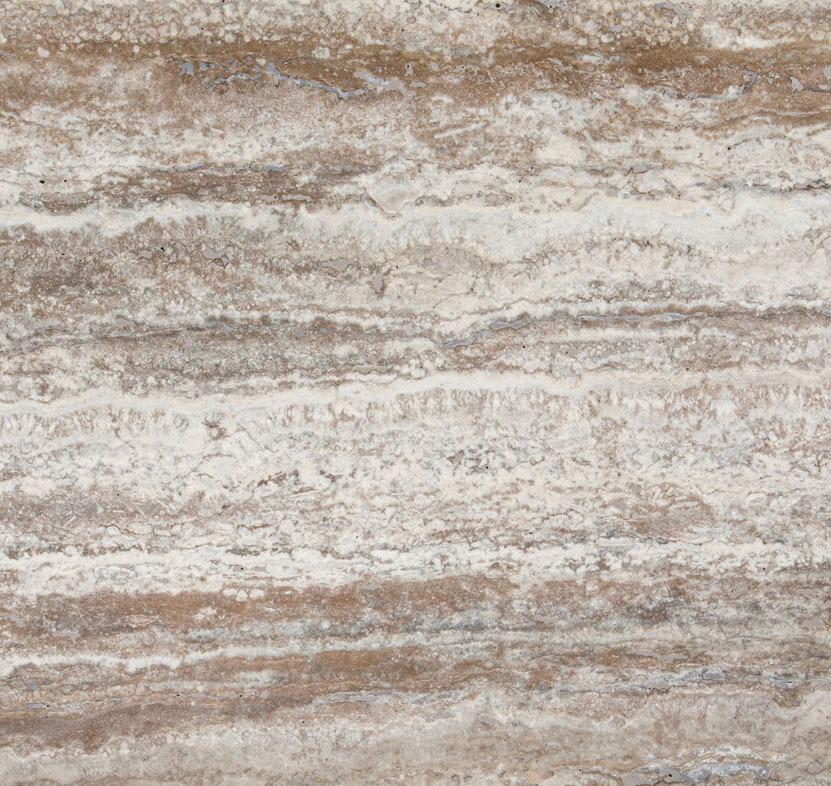
Travertine Silver titanium
A short description of the service and how the visitor will benefit from it.
Why Choose Us
Insurrance
trust us to deliver a safe and secure package.
shipping
fast shipping with kalhorstone in shortest time.
stones
natural stones with the highest quality.
support
with you from purchase counseling till installation.
What is Natural travertine stone?
Travertine stone is a beautiful and versatile natural stone that has been used in construction for centuries. It is a type of limestone that forms when mineral-rich water flows through underground caves and then resurfaces as springs. As the water evaporates, it leaves behind layers of calcite that eventually harden into travertine stone. In this article, we will discuss the water absorption, density, stone properties, and applications of travertine stone.
Water Absorption:
Features of Natural travertine stone
Natural travertine stone has a high level of water absorption, which means that it can absorb moisture from the surrounding environment. This characteristic makes it vulnerable to damage from freezing and thawing cycles. Therefore, it is important to seal travertine surfaces to prevent water from penetrating the stone and causing damage. Sealing also helps to protect the stone from stains and other forms of discoloration.
Density:
The density of natural travertine stone can vary depending on the type and grade of the stone. Generally, it has a density of around 2.5 grams per cubic centimeter, which is slightly lower than other natural stones such as granite and marble. Despite its lower density, travertine is still a durable stone that can withstand heavy foot traffic and other forms of wear and tear.
Stone Properties:
Natural travertine stone has a unique appearance that is characterized by its natural pitted surface and irregular texture. These characteristics are the result of the stone’s formation process and can be enhanced or minimized depending on how the stone is finished. Travertine stone is available in a range of colors, including beige, brown, gold, red, and gray. The stone’s natural variation in color and texture makes it a popular choice for interior and exterior design.
Natural travertine stone has a number of properties that make it a popular choice for building and construction projects. It is a non-slip stone that is ideal for use in wet areas such as bathrooms, swimming pools, and patios. It is also resistant to heat, making it a good choice for use in fireplaces and outdoor kitchens. Additionally, travertine is a good insulator, which means it can help regulate indoor temperatures and reduce energy costs.
Travertine Stone Applications in the House and Building:
Travertine stone is a popular choice for a variety of residential and commercial applications. Its unique appearance and durability make it suitable for use in both indoor and outdoor environments. Here are some of the most common applications for travertine stone in the house and building:
1. Flooring:
Travertine flooring is a popular choice for both residential and commercial spaces. Its natural texture and warm colors add a touch of elegance and sophistication to any room. Travertine floors are also durable and easy to maintain, making them a practical choice for high-traffic areas.
2. Walls:
Travertine walls are a stunning addition to any home or building. The stone’s natural texture and color variation create a beautiful backdrop for artwork and furnishings. Travertine walls can also be used to create a focal point in a room, such as a fireplace or accent wall.
3. Countertops:
Natural travertine stone countertops are a popular choice for kitchens and bathrooms. The stone’s natural variation in color and texture creates a unique and elegant surface that is both functional and beautiful. Travertine countertops are also durable and resistant to heat and scratches, making them a practical choice for everyday use.
4. Pavers:
Travertine pavers are a popular choice for outdoor spaces such as patios, walkways, and pool decks. The stone’s natural texture and non-slip surface make it ideal for use in wet areas. Travertine pavers are also resistant to heat, making them a good choice for use in outdoor kitchens and fire pits
Additionally, travertine pavers can be used to create a variety of patterns and designs, adding visual interest to outdoor spaces.
5. Facades:
Travertine facades are a popular choice for commercial buildings and high-end residences. The stone’s natural texture and color variation create a striking visual effect that can enhance the overall aesthetic of a building. Travertine facades are also durable and easy to maintain, making them a practical choice for exterior cladding.
6. Decorative Elements:
Travertine can be used to create a variety of decorative elements such as columns, balustrades, and moldings. The stone’s natural beauty and versatility make it a popular choice for adding a touch of elegance to both indoor and outdoor spaces.
In conclusion, travertine stone is a unique and versatile natural stone that has a range of applications in the house and building.
Natural travertine stone maintenance
Its high water absorption and lower density make it vulnerable to damage, but with proper care and maintenance, it can last for years. Travertine’s unique appearance and durability make it a popular choice for flooring, walls, countertops, pavers, facades, and decorative elements. Its natural variation in color and texture allows it to blend seamlessly with a variety of design styles, making it a timeless choice for any project.
Client Testimonials
© 2025 All Rights Reserved.
